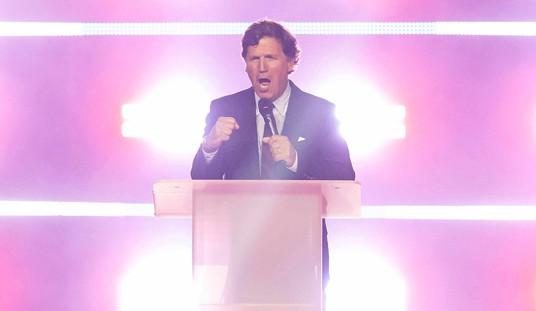Another month, another reminder of the weakest US recovery since World War II. The November jobs report shows that the US economy added 178,000 jobs last month, almost exactly at the three-month average of 176,000. While the U-3 unemployment rate fell to 4.6%, more people left the workforce than found jobs:
The unemployment rate declined to 4.6 percent in November, and total nonfarm payroll employment increased by 178,000, the U.S. Bureau of Labor Statistics reported today. Employment gains occurred in professional and business services and in health care.
In November, the unemployment rate decreased by 0.3 percentage point to 4.6 percent, and the number of unemployed persons declined by 387,000 to 7.4 million. Both measures had shown little movement, on net, from August 2015 through October 2016.
The U-3 unemployment rate is at its lowest since before the Great Recession, but that is due in part to the shrinking workforce. However, the U-6 rate, which compensates for workforce size, has also hit a new low at 9.3%, the lowest reading since May 2008. It’s important to remember, however, that the economy had been in recession at that point too, and had been since December 2007. In November 2007, the U-6 was 8.4% and U-3 at 4.7%, a gap that was a full point smaller than the gap between the two readings now.
While the economy added 178,00 jobs in November, it shed workers at a faster rate, with 226,000 leaving the workforce. The participation rate dropped slightly to 62.7%, still near 40-year lows. Wages dropped a bit as well after a significant gain last month, too, perhaps spoiling one of the few clear wins on jobs reports in recent months.
Who were the winners and losers in the jobs added? Government added 22,000 jobs, but the big winner was professional and business services (63,000), most of which came from health care and social assistance (34,700). Manufacturing lost 4,000 jobs, at least the third loss in a row. Much of that loss came from the production of durable goods (-6,000).
Reuters unexpectedly took its rose-colored glasses off in its coverage. They never do mention the 226K workers who left the workforce, however:
Data for September and October was, however, revised to show 2,000 fewer jobs created than previously reported. The three-tenths of a percentage point drop in the unemployment rate last month to its lowest level since August 2007 was both the result of more people finding work as well as dropping out of the labor force.
The Associated Press didn’t find the results impressive, either. While it’s not in this excerpt, Christopher Rugaber does note the 226K exodus in his report:
The report’s mixed signals illustrate the challenges facing Trump: Steady job gains and a low unemployment rate suggest that the economy is healthy. But weak pay increases and fewer Americans working or looking for work point to longer-term challenges.
Fewer than 60 percent of adults have jobs — 3 percentage points lower than when the Great Recession began in late 2007. In part, that trend reflects retirements by the nation’s many baby boomers. But it also means hiring hasn’t kept up with population growth.
Seven years into the recovery, pay growth is still below healthy levels. And the number of part-time workers who would like full-time jobs is 28 percent higher than before the recession.
Keeping pace with population? Sidelined workers? Golly, where have we heard that before? Oh, yeah, here — for the last seven years. Get ready for much more realistic and skeptical coverage of 178K jobs reports in the future, too.








Join the conversation as a VIP Member